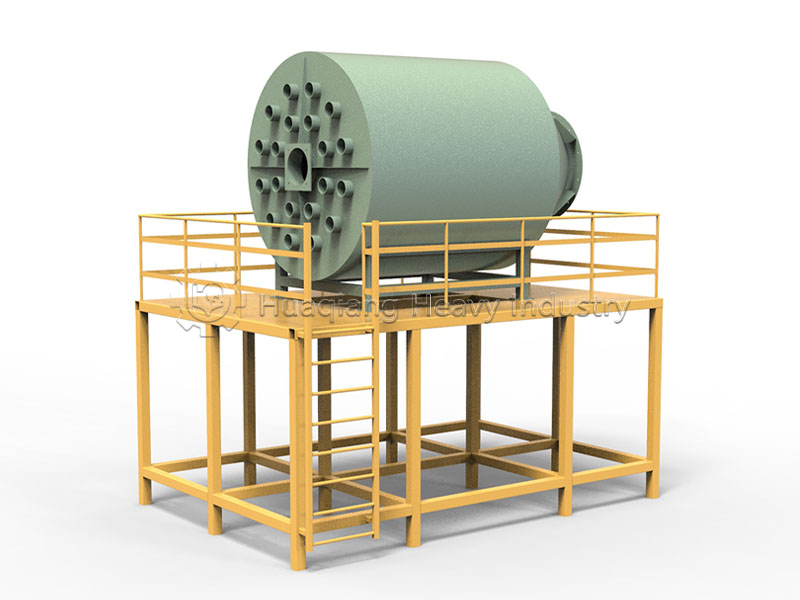Gas/Oil Hot Air Stove
Let’s Start Work
Together
Please feel free to contact us. We will get back to you with 1-2 business days. Or just call us now.




Gas/Oil Hot Air Stove
Gas fuel hot air stove is an industrial heating equipment that uses natural gas, liquefied petroleum gas, diesel and other fuels to generate high-temperature hot air. It is widely used in industries such as food processing, chemical industry, textile, wood drying, painting, printing, etc. Its main function is to provide a stable heat source for the production process, promoting the drying, heating, solidification and other processes of materials.
Equipment Structure And Composition
Gas fuel hot blast stove usually includes the following main parts:
Burner: used to burn fuel and generate high-temperature flames. The design and performance of the burner directly affect the heating efficiency and combustion stability of the hot blast stove.
Heat exchanger: exchanges heat between the high-temperature flue gas generated by combustion and air, heats the air, and generates hot air. The structure and material of a heat exchanger are crucial for thermal efficiency and equipment lifespan.
Blower: used to send air into the heat exchanger and deliver the heated hot air to the point of use.
Fuel supply system: including fuel storage, transportation, metering, and control devices to ensure stable fuel supply.
Control system: including temperature sensors, pressure sensors, combustion controllers, etc., used to monitor and adjust the operating parameters of the hot blast stove, ensuring safe and efficient operation.
Safety protection system: including overheating protection, shutdown protection, fuel leakage detection and other safety devices to ensure the safety of equipment and operators.
Working Principle
The working principle of a gas fuel hot air stove is that fuel (natural gas, liquefied petroleum gas, diesel, etc.) is burned in the combustion chamber through a burner, producing high-temperature flames. The high-temperature flue gas generated by combustion passes through a heat exchanger and exchanges heat with the air sent in by a blower, transferring heat to the air and heating it to produce hot air. The hot air is then transported to the production process that requires heating or drying. The combustion process and hot air temperature are precisely adjusted through a control system to meet the requirements of different processes.
Equipment Features
Efficient and energy-saving: adopting advanced combustion technology and heat exchange design, high thermal efficiency and low fuel consumption.
Fast heating: It can quickly generate high-temperature hot air, meeting the needs of rapid heating or drying.
Easy to operate: The automated control system simplifies the operation process, is easy to adjust, and adapts to different process conditions.
Wide applicability: capable of handling various types of fuels and suitable for various industrial heating needs.
Safe and reliable: Multiple safety protection measures are designed to ensure the safe operation of the equipment.
Environmentally friendly and low emission: adopting clean fuels and low nitrogen combustion technology to reduce harmful gas emissions, in line with environmental requirements.



